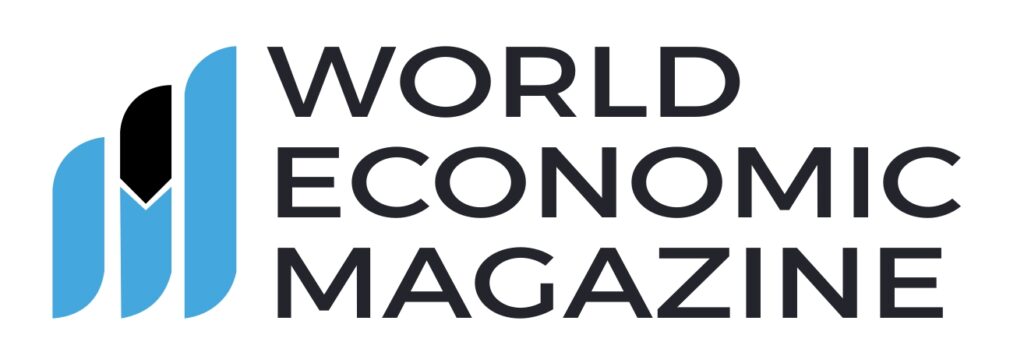
Assessing Canada’s Economic Challenges Amidst the Threat of Recession
As the Canadian economy grapples with challenges on multiple fronts, recent data releases have added a layer of complexity to the nation’s economic outlook. The numbers for August and early estimates for the third quarter have triggered concerns about a potential recession. As the Bank of Canada grapples with its monetary policy, the path forward remains uncertain. This article delves into the economic data, explores the key factors at play, and contemplates the possible outcomes for Canada’s economy.
In the most recent economic report, Canada’s GDP performance for August raised eyebrows as it showed stagnation, a cause for concern when many had expected at least modest growth. This news comes hot on the heels of the Bank of Canada’s decision to hold interest rates steady just a week before the release of this economic data. Economists had foreseen a 0.1% month-over-month rise for August, a figure that slightly overshadows the 0.0% registered for the month.
Digging a bit deeper into the data, it’s essential to highlight that July’s GDP figures were revised, initially reported as zero growth, but now revised to a marginally negative reading. This adjustment already set a tone of caution as it hinted at economic struggles even before the August data emerged.
However, the more worrying piece of information is the estimate for September. In this flash estimate, the Canadian economy remained unchanged, which, when annualized, translates into a 0.1% decline in the third quarter. This statistic signals the possibility of a second consecutive quarter of negative growth, hinting at the unwelcome spectre of a recession.
A Closer Look at Economic Drivers
Several factors contribute to this economic problem. First, we should consider the high interest rates set by the central bank. Currently at a 22-year high of 5.0%, these rates have been instrumental in slowing the economy. While the intention was to curb inflation and maintain price stability, the ripple effects have now pushed the economy to the brink of recession.
Additionally, inflation has played a pivotal role in the economic scenario. High inflation rates have reduced consumer purchasing power, affecting spending habits and overall demand. This, in turn, puts downward pressure on businesses, causing further economic strain.
Environmental factors have also taken their toll on the economy. The recent prevalence of forest fires and drought conditions has disrupted various industries, particularly agriculture and forestry. These natural disasters have hindered production, leading to supply shortages and further exacerbating inflationary pressures.
Bank of Canada’s Predictions vs. Reality
It’s worth noting that the projected contraction in annualized growth for the third quarter significantly differs from the Bank of Canada’s (BoC) forecast. In its report last week, the BoC predicted a GDP growth of 0.8% for the third quarter, a sharp reduction from the 1.5% growth projected in July. The disparity between forecasts and actual data reflects the uncertainties facing the Canadian economy.
Impact on Monetary Policy
Beyond the numbers, the question remains about how the central bank will respond. Experts argue that whether or not the economy is technically in a recession is less critical than the fact that the delayed impacts of monetary policy are likely to depress economic activity in the coming months. This pessimistic outlook suggests that Canada may be on the verge of a more pronounced recession in 2024.
As a result, analysts believe that the Bank of Canada has reached the end of its current rate-raising cycle, opting for a more cautious approach. This stance contradicts the earlier expectations of additional rate hikes, signaling the central bank’s recognition of the fragile economic situation.
Future Monetary Policy and Market Sentiments
Money markets currently reflect an 11% probability of an interest rate increase at the central bank’s next policy announcement in December. These odds are significantly lower than they were earlier in the year when rate hikes were anticipated.
The currency markets are already responding to these developments. The Canadian dollar’s exchange rate against the US dollar weakened by 0.2% after the release of this economic data. This depreciation is a reflection of market uncertainty and scepticism about the economy’s future trajectory.
Sectoral Performance
The economic data paints a mixed picture when we consider different sectors. The goods-producing sector registered a contraction of 0.2%, a concerning trend driven by the third consecutive month of declines in manufacturing. The manufacturing sector’s struggles highlight supply chain disruptions and reduced demand, posing challenges for the broader economy.
On the brighter side, the service-producing sector posted a 0.1% rise. This uptick was attributed to better performance in segments like wholesale trade, transportation, and warehousing, highlighting some resilience within the economy.
Assessing the Economic Landscape
In conclusion, the data points to a challenging economic environment for Canada. While inflation and monetary policy have captured much of the attention, it’s crucial to recognize the broader context, including supply chain disruptions and environmental factors. The path forward for the Canadian economy remains uncertain, and the central bank faces difficult decisions in the coming months.
The looming risk of a recession, though not guaranteed, underscores the need for careful policy considerations and a proactive approach to support the economy. Canada’s economic well-being hinges on successfully navigating these challenges and finding a path to recovery.






